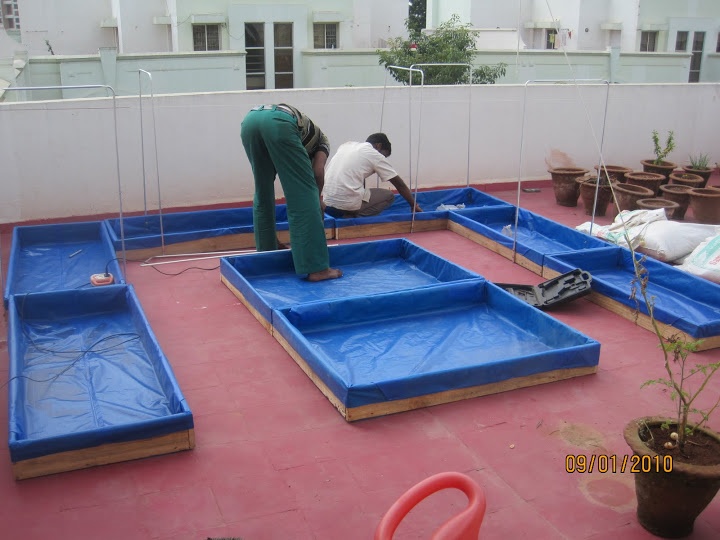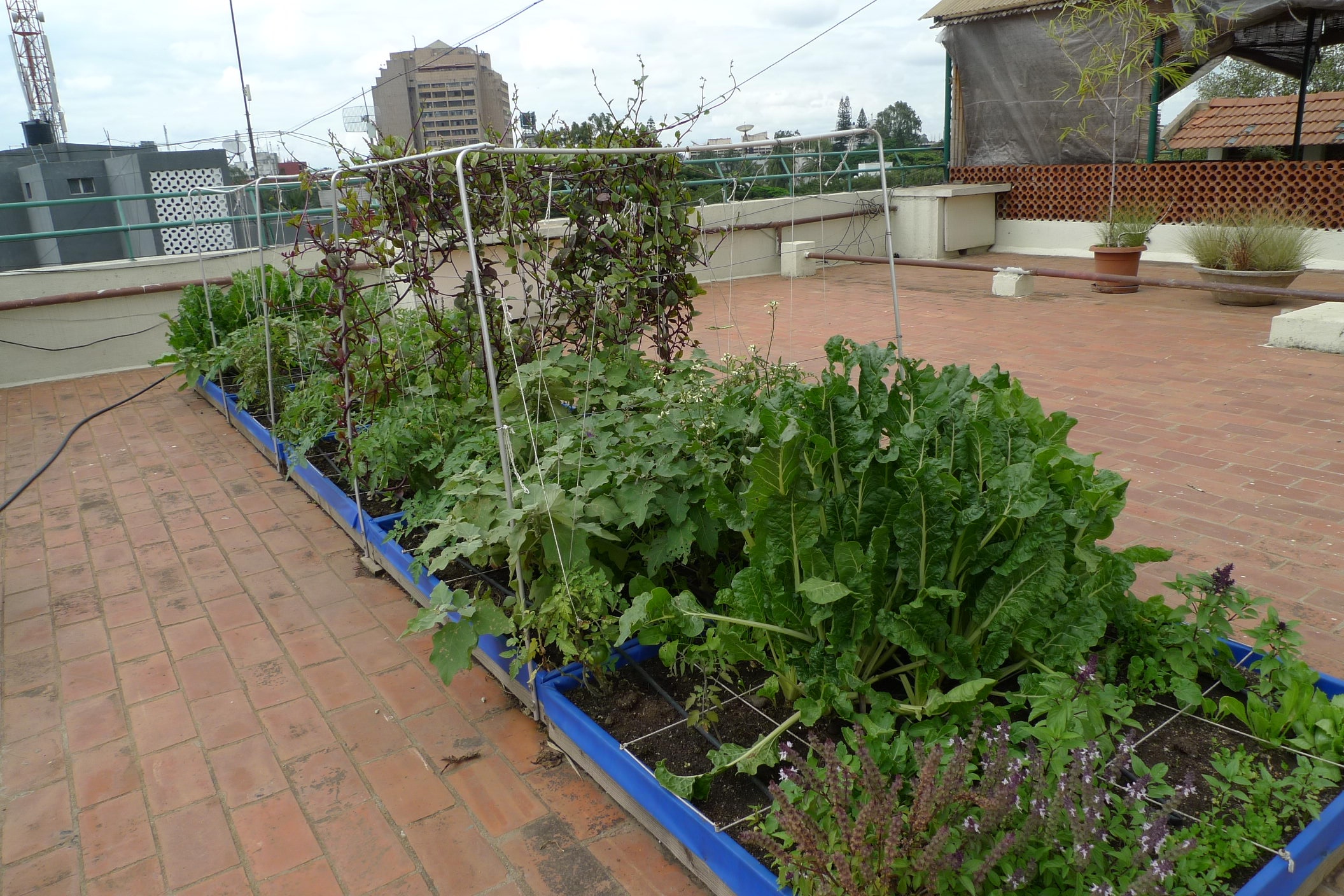Its like a freaking furnace out today.
— Kabir Taneja (@KabirTaneja) May 10, 2015In the first half of May, the temperature has already reached 42 degrees Celsius in Delhi and the rest of the country is sweating too. Unsurprisingly, the weather is on everyone’s mind.
On the question-and-answer website Quora, a user, echoing collective sentiment, asked: “What are the best ways to keep an existing house cool in dry summers?” Pre-empting witticisms, the user added: “Please don’t mention to just use an air conditioner.”
Smriti Iyer, an architect, decided to take the question serious. She offered relatively easy ways to redo parts of a house to keep temperatures down.
The culprits
The first step, wrote Iyer, is to understand why and how buildings get heated in summers. It starts from the roof, which first soaks in the heat from the sun.
“Depending upon the material, (here I am assuming concrete, since most buildings in Delhi are made of this material), it takes in the heat and radiates it to the lower floors," she said. "The air in the lower floor gets heated up and transfers it to the slab below. This process continues till the heat hits the ground (which is an insulator).” This is why the top floor feels much warmer than the ground floor ‒ because a lot of heat is lost in this transference process, she explained.
Walls add to the swelter by directly absorbing heat from the atmosphere. This becomes worse when the hot air stagnates in a room without proper ventilation. “Depending upon the face of the wall (South receiving the most heat from the sun and North receiving the least), heat transfer occurs through direct heating," she wrote. "The internal air in the room gets heated through absorption and radiation.”
Also contributing to high temperatures indoors are clutsters of furniture that create “hot air pockets”, wrongly positioned heating and cooling devices like ACs and refrigerators, dark coloured walls, and the absence of two-way ventilation.
Keeping this in mind, Iyer said, these easy strategies can help make a standing home cooler than it now is.
Grow plants on the terrace

Cultivating plants on the terrace helps cool down a building naturally, Iyer wrote. “The mud used to grow plants acts as an insulator, absorbing the direct heat from sun, thereby keeping the slab cool," she said. "Using plastic gardening sheets will also help in preventing any kind of water leakage.”

White lime wash on terrace
Iyer advocated applying a layer of white lime wash on the terrace, to act as a reflective surface. However, “this washes away in the rains, so a re-application is required every summer”, she added.

Make hay when the sun shines
Stack bundles of straw on a plastic sheet on the terrace, and keep it moist with a sprinkler. “Straw is a natural insulator of heat and lets the terrace remain cool,” she wrote.
Let the air in
Having multiple entry and exit points for cross ventilation also does the job. However, the timing is key. “Keep as many windows/ ventilators open as possible during early mornings and late evenings," Iyer wrote. "Around 5am-8am and 7pm-10 pm. During this time of the day, the air gets replenished without all the harsh heat from the sun.”

Plants on windows
While you are leaving windows open, also place some plants on the ledge. Window planters, Iyer wrote, are easy to install and help humidify the dry air circulating inside.

Color coding
Using lighter colours on the walls, furnishings and furniture helps too. Remember: avoid darker shades.

Bamboo blinds on windows also beat out the heat.

Splash some mud
Those with the energy and resources could also go one step further and have the outer walls of the building coated with mud, acting as an insulator against the heat.

All pictures taken from the original answer.










